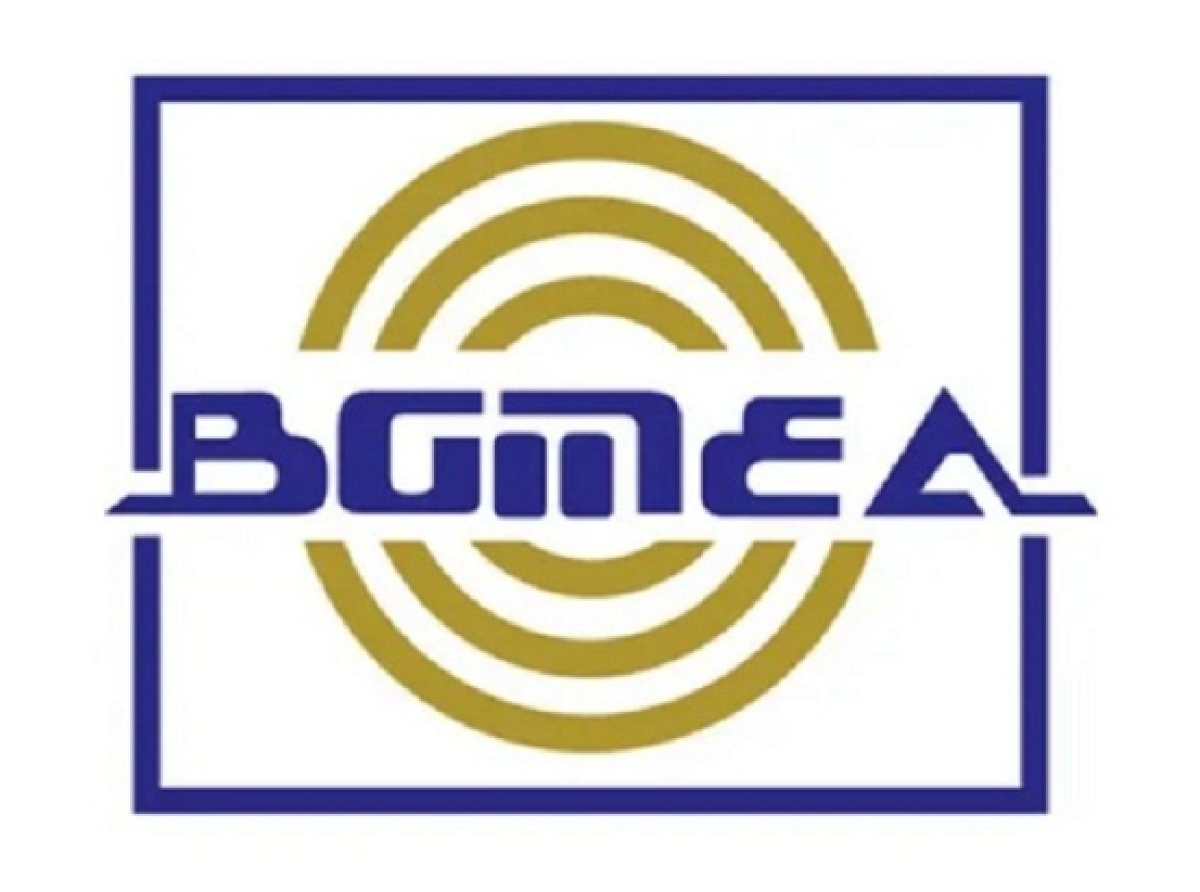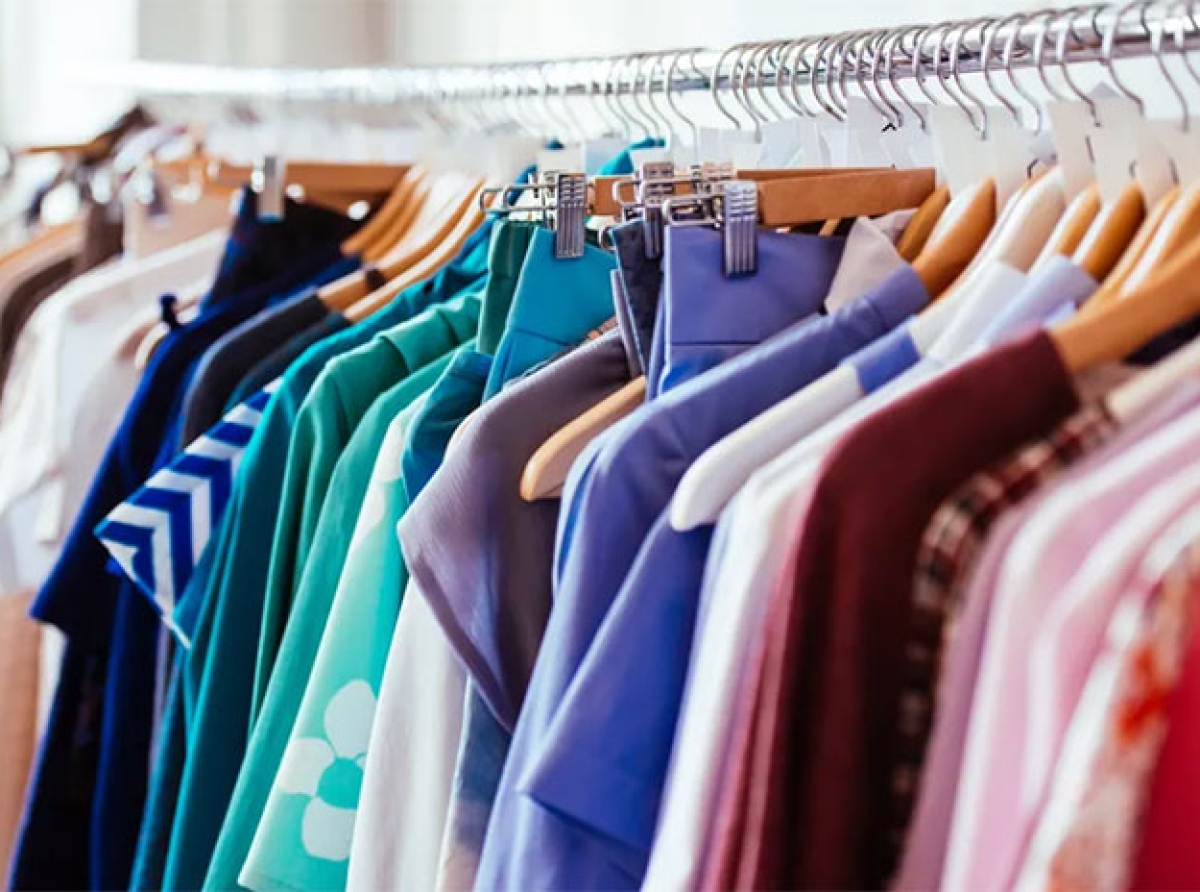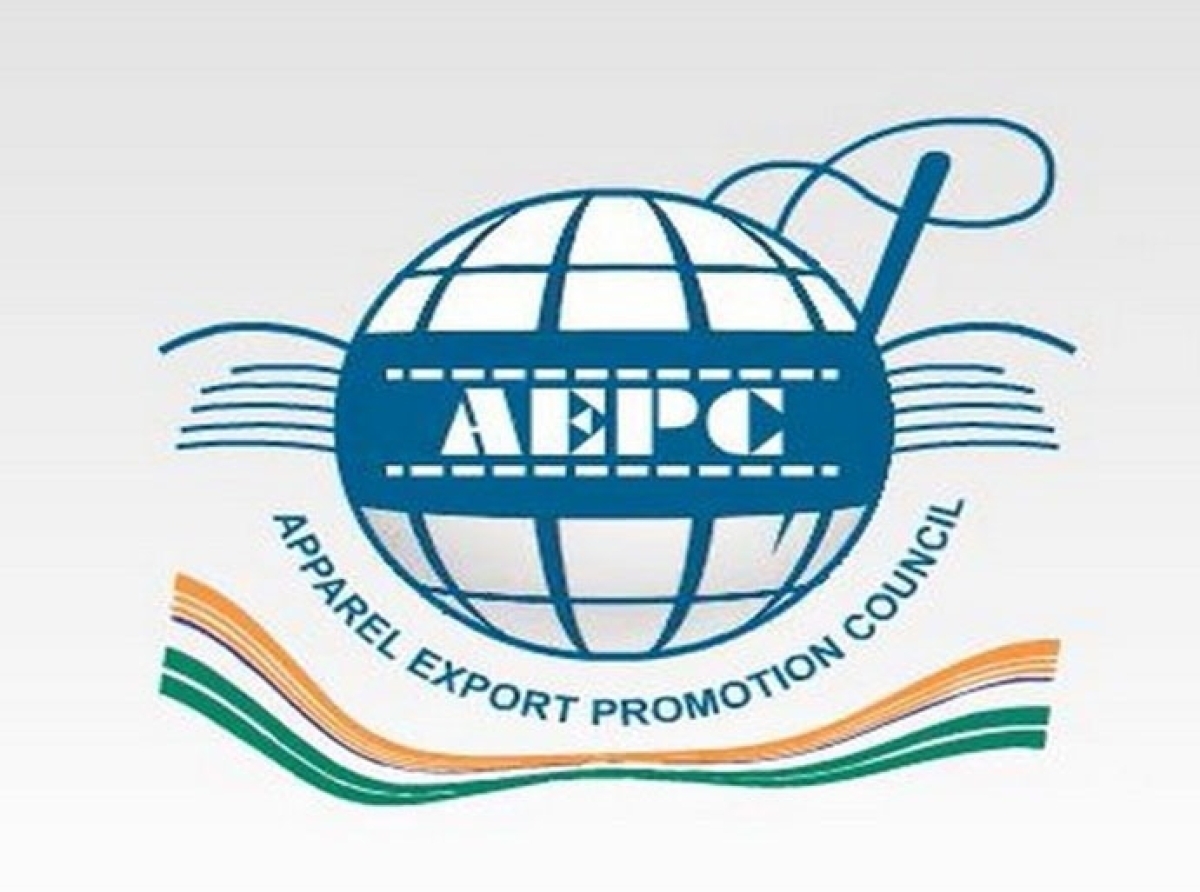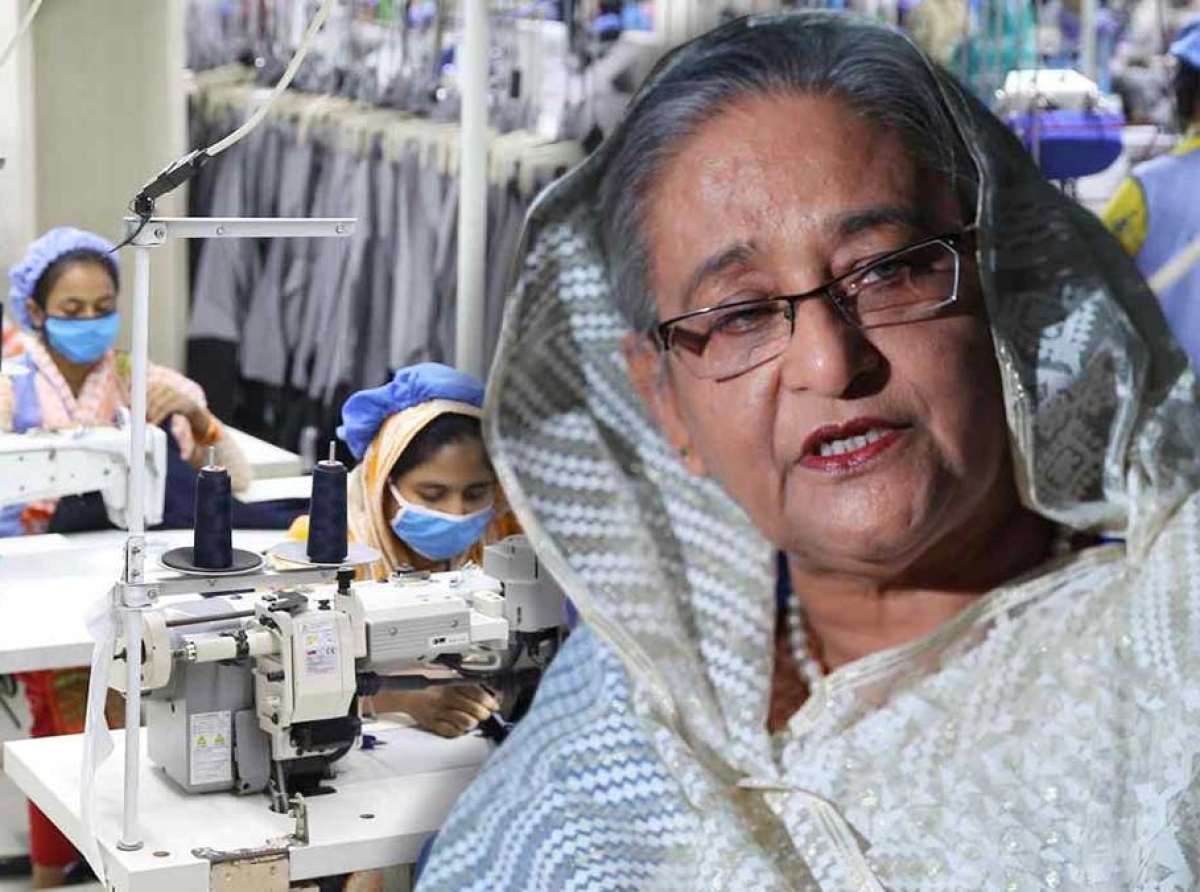02 May 2022, Mumbai:
Bangladesh is fast emerging as a highly lucrative market for Indian consumers looking to buy cheap ready-made garments.
The country is home to several local and international brands and merchants setting up production units and increasing their sourcing from the country.
A robust supplier of formal shirts, tops, denim trousers, underwear, polo shirts, T-shirts, and bottoms to India’s middle-class.

ALSO READ Consumers look to buy cheap garments from Bangladesh
India's garment imports totaled $ 777.35 million in the first nine months of this year, up 25% year on year.
BGMEA, President very recently iterated that vis-à-vis a ballpark import figure of around 7 Bn$ as an Indian export to Bangladesh of our existing around 42-43Bn US$ market size where our industry runs a big deficit. This is quite sanguine to assume/there is merit in assuming our apparel exports to India are an inherent part of the healthy give and take meaningful sustainable relationship.
According to the Ministry of Commerce and Industry (India), woven garment imports have remained stable, increasing by just 6.75 percent in the first nine months of 2021, with imports valued at US $ 402.75 million.

According to data issued by Bangladesh's Export Promotion Bureau, India bought $87.4 million worth of readymade garments from Bangladesh between July and November 2017, up 56 percent from $55.92 million in the same period last year.
Bangladesh's knitted garment exports to India totaled $30.1 million in the five months ending July 1, 2017, up 69 percent from $17.9 million in the same period. Similarly, Bangladesh exported $57.3 million worth of woven garments to India, up 51% from $38.1 million in the same time last year.
_large.jpeg)
ALSO READ The Bangladesh Garment Manufacturers and Exporters Association (BGMEA), Faruque Hassan: Bangladesh’s garment export to India will continue to grow
The removal of the primary custom tax on garment imports from Bangladesh, according to Confederation of Indian Textile Industry head Sanjay K Jain, is the crucial cause for the surge in imports. India has requested that Bangladesh abolish tariffs on its garment imports, claiming that the two countries can take 35 percent of the global textile market in the next five years, displacing China.
Given the high tariffs on Indian textiles and apparel export items, China has a 54 percent share of imports in Bangladesh, while India has a 17 percent stake. Textile minister Smriti Zubin Irani had previously remarked that Indian businesses might celebrate if Bangladesh allows retailing of ethnic clothes from India at zero tariffs.
Various studies for India and Bangladesh have been prepared, indicating the number of goods with higher RCA from 2005 to 2018. The investigation discovered textile dynamics in other countries and Bangladesh in specific.
From 2005 to 2018, investigations have shown that India has a more significant competitive advantage in Bangladesh's Textile and Cotton sector. India's garment producers must pay tax on imported materials, but Bangladesh may import tariff-free fabric from China, transform it into garments, and export it duty-free to India.
This is placing the Indian garment sector at a significant disadvantage.

RELEVANT NEWS BGMEA: Bangladesh & India has enormous scope to complement each other
It is believed that there will be a substantial rise in this number in the coming days as more Indian businesses transfer their sourcing from India to low-cost duty-free nations such as Bangladesh and Sri Lanka.
The economy of the world is currently dominated by the transfer of production, in which developed-country corporations shift their focus to developing-country firms.
_large.jpeg)
The new model is based on a core-peripheral production structure, with a small core of permanent personnel dealing with finance, research and development, technological institution, and modernization.
A periphery includes dependent aspects of the production process.
The primary reasons for this attitude are cost-cutting and increased output. They've realized that moving manufacturing to a nation with cheaper labor and production costs is the simplest way to undercharge.
Join our community on Linkedin


















